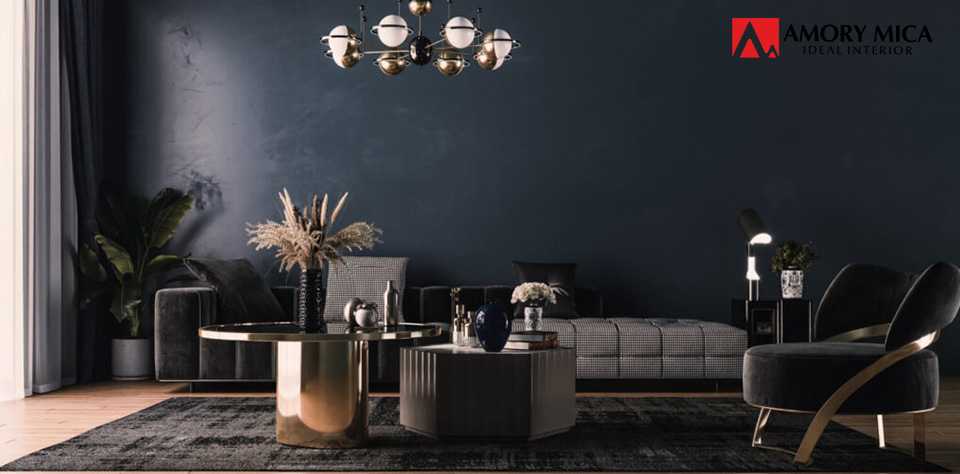Interior design is a dynamic and rewarding field that allows individuals to shape the spaces we live, work, and play in. Aspiring interior designers have the unique opportunity to blend creativity, practicality, and aesthetics to create beautiful and functional interiors. If you’re interested in pursuing a career in interior design, this article will guide you through the steps to become an interior designer and provide insights into what you need to know before embarking on this creative journey.
-
Understand the Role of an Interior Designer:
Before diving into the path of becoming an interior designer, it’s crucial to understand the responsibilities and roles of a professional in this field. Interior designers are tasked with planning, designing, and executing interior spaces that cater to the needs and preferences of their clients. They work on residential, commercial, and hospitality projects, with a focus on aesthetics, functionality, and safety.
-
Education and Training:
The majority of interior designers hold a bachelor’s degree in interior design or a related field. Enrolling in an accredited interior design program is essential for obtaining the necessary knowledge and skills. Some programs also offer internships or co-op experiences, allowing students to gain practical experience while studying.
-
Licensing and Certification:
In many regions, interior designers must be licensed or registered to practice professionally. Licensing requirements vary by location, but they typically involve passing a national or state examination and fulfilling specific education and experience requirements. Furthermore, some interior designers pursue certification through organizations like the National Council for Interior Design Qualification (NCIDQ) to enhance their credibility and job prospects.
-
Develop a Strong Portfolio:
Your portfolio is your calling card as an interior designer. It showcases your design skills, creativity, and versatility. While in school or during internships, gather a diverse range of projects to include in your portfolio, from residential designs to commercial spaces.
-
Networking and Industry Connections:
Building a professional network is essential in the interior design industry. Attend industry events, join professional organizations, and seek mentorship opportunities. These connections can open doors for internships, job opportunities, and collaborative projects.
-
Stay Current with Trends and Technology:
The interior design field is continuously evolving, with new trends, materials, and technologies emerging. It’s vital to stay informed about the latest industry developments, including sustainable design practices, smart home technologies, and innovative materials.
-
Practical Experience:
Practical experience is invaluable in honing your interior design skills. Consider internships, apprenticeships, or entry-level positions to gain hands-on experience and understand the day-to-day workings of the industry. Learning how to collaborate with architects, contractors, and clients is an essential aspect of the profession.
-
Legal and Ethical Considerations:
Interior designers should also be aware of legal and ethical responsibilities. These may include understanding building codes, safety regulations, copyright laws, and ethical practices such as client confidentiality.
-
Diversify Your Skills:
Successful interior designers often have a broad skill set. In addition to design expertise, consider developing skills in project management, budgeting, and communication. Being able to manage a project from concept to completion, including working within budget constraints, is a valuable asset.
-
Entrepreneurship and Freelancing:
Some interior designers choose to work as freelancers or start their own design firms. If you aspire to be an independent designer, you should also learn about the business aspects of the industry, such as marketing, client acquisition, and financial management.


